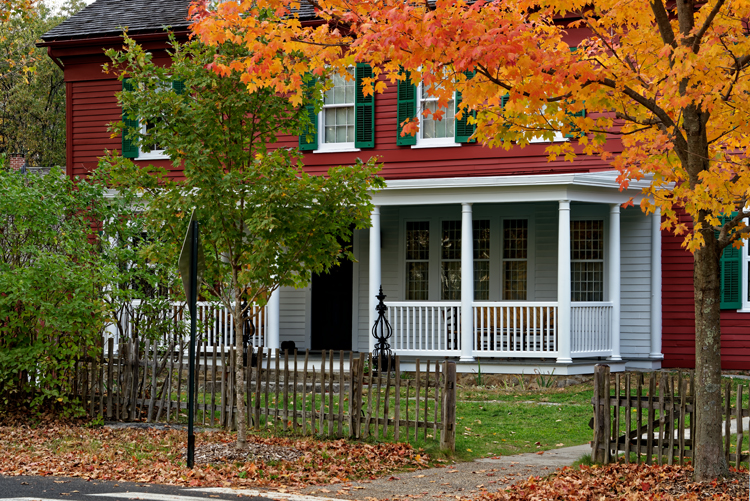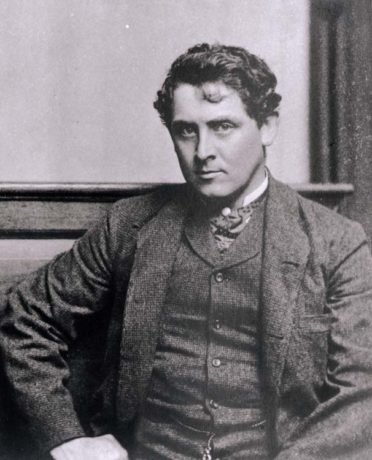
A Connecticut national park is steeped in New York history, and a Long Island artist plans to bring that history to life in an upcoming photo book.
The Weir Farm National Historic Site, the only national park dedicated to American painting, was once the home of J. Alden Weir, the father of American Impressionist painting who came to prominence during three trips to the East End of Long Island.

Artist Xiomaro, a Roslyn Heights resident since 1977, said he has been working with Weir Farm for about six years since he was offered a spot in the park’s artist in residence program in which more than 200 artists from across the globe have spent a month in a historic home on the property.
“During that month, I had the freedom of time to really put a sharper focus on what I wanted to do in photography and through that build a relationship with the park,” Xiomaro said.
Xiomaro said he signed a contract with Arcadia Publishing of Charleston, South Carolina, about two weeks ago for a photo-centric book about Weir Farm that is set to closely coincide with a quarter featuring the farm to be issued by the U.S. Mint in 2020 as part of its “America the Beautiful” program.
“It’s a source of local and national pride, so I’m hoping people will pick up the book and learn more about this place for photographers and painters and artists to go to,” Xiomaro said. “On any given day, you’ll see many people on the grounds painting in the open air, and it’s a great place for that.”

Weir was influenced by the traditional art theory of William Cullen Bryant, a friend of his father, whose Cedarmere home still stands in Roslyn Harbor.
Xiomaro said Weir and his artist friends adopted the radical Impressionist style, which they helped to popularize in the U.S. through highly publicized painting excursions they took to the North and South Forks of Long Island between 1878 and 1881.
Today, Weir’s iconic works are on display at the Metropolitan Museum of Art, the Brooklyn Museum and other world-class museums. The significance of these and other contributions to American art moved Congress to designate his home, studio and grounds as a national historic site.
Xiomaro said the book will be filled with about 170 photos and approximately 11,000 words in captions that go beyond identifying the photo to tell the story of Weir Farm.
Though there is no official release date set for the book, a sneak peak of some of the photos planned for use is available on Xiomaro’s website, xiomaro.com.
“Even though it’s a park based in Connecticut, I think it’s something people on Long Island and in New York City can be proud of because they’re part of the history as well,” Xiomaro said. “It’s truly a park for the nation. It’s like America’s version of Giverny, the home of Monet in France.”






